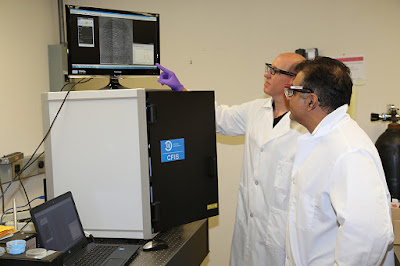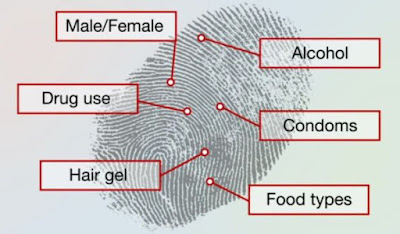 |
| Japanese students are currently voting on 2020 Olympic Mascot finalists |
Facial recognition technology will be used at the Tokyo 2020 Olympic Games to provide security and streamline the entry of athletes, officials, staff and news personnel to Olympic venues. Spectators won’t be subject to facial scanning, but their bags will be checked.
At the Rio de Janeiro 2016 Olympic Games, the identification of people entering the venues was manually checked against a registered ID photo on a monitor, but the process was relatively slow and led to delays and frustration.
The facial recognition technology to be used at the 2020 Olympics was developed by NEC Corp. In testing, the technology has been able to determine whether a person has had cosmetic surgery, and also to differentiate between identical twins. The screening process will move faster and be more secure.
Japan has previously tested facial recognition technology at the Japan House at the Rio 2016 games, and most recently in October 2017, screening passengers at Tokyo’s Haneda airport.
The 2020 Tokyo Olympic Games will run from July 24th through August 9th, followed by the Paralympics from August 25th through September 6th. The logistics are considerable. The total number of people requiring photo ID registration are expected to be 300,000 to 400,000.
By Kyodo News, Dec. 24, 2017, published online by The Japan Times News










